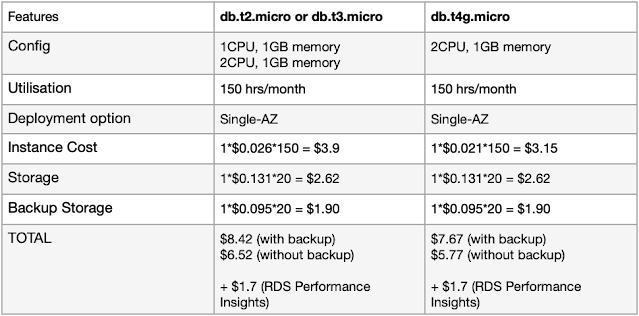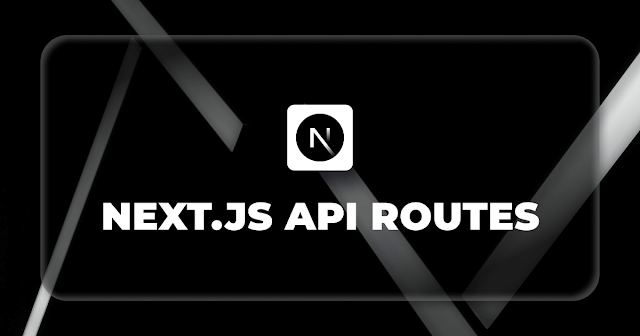CSS: An Easy Introduction to Beginners

W hat is CSS CSS, or Cascading Style Sheets, is a language used to style the appearance of web pages. Imagine a web page without CSS – it would just be plain text. CSS is what makes websites look visually appealing by adding colors, layouts, fonts, and other design elements. Here is the example. The area labeled "HTML ONLY" shows how your website will seem if you use simply HTML, while the portion labeled "HTML WITH CSS" shows how your website will appear if you use HTML along with CSS. Cool right! Syntax of CSS (CSS in External file or Internal) Selector { Property1: Value Property2: Value } EX: p { color: blue; font-size: 24px; } Syntax of CSS (Inline) <span style="property1: value; property2: value;"></span> EX: <span style=" color: red; font-size: 40px; "></span> what is selectors? CSS selectors allow you to target specific HTML elements. You can select elements by tag name (e.g., h1, p), class (e.g., ....



